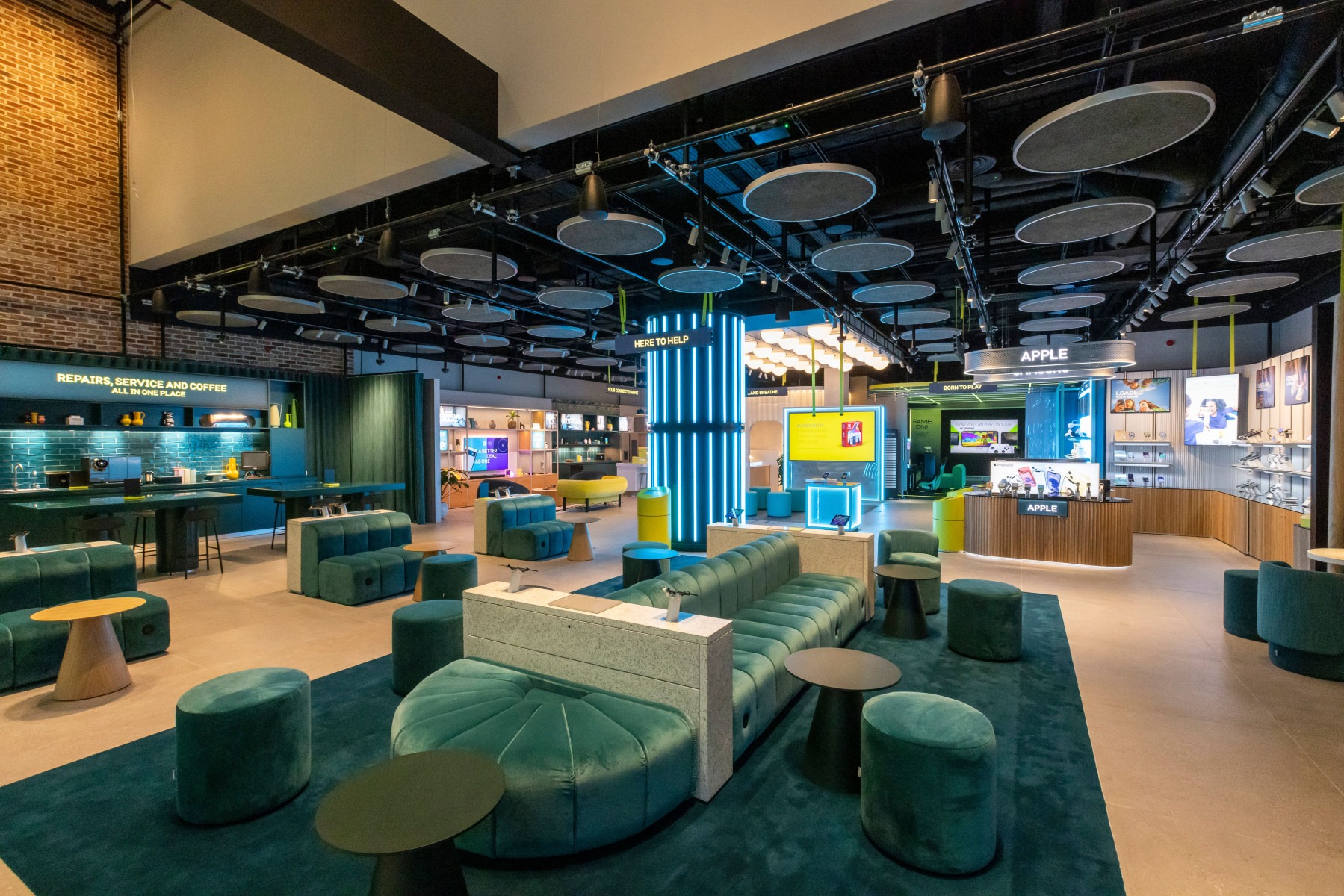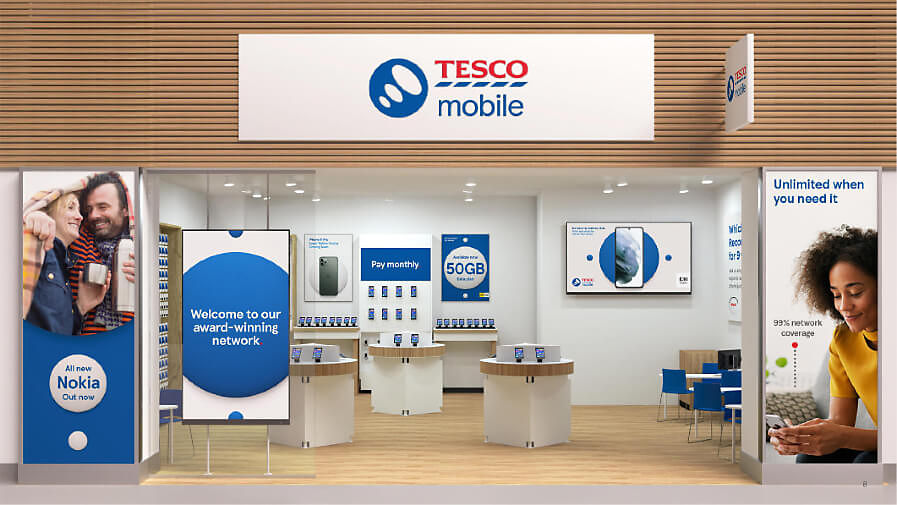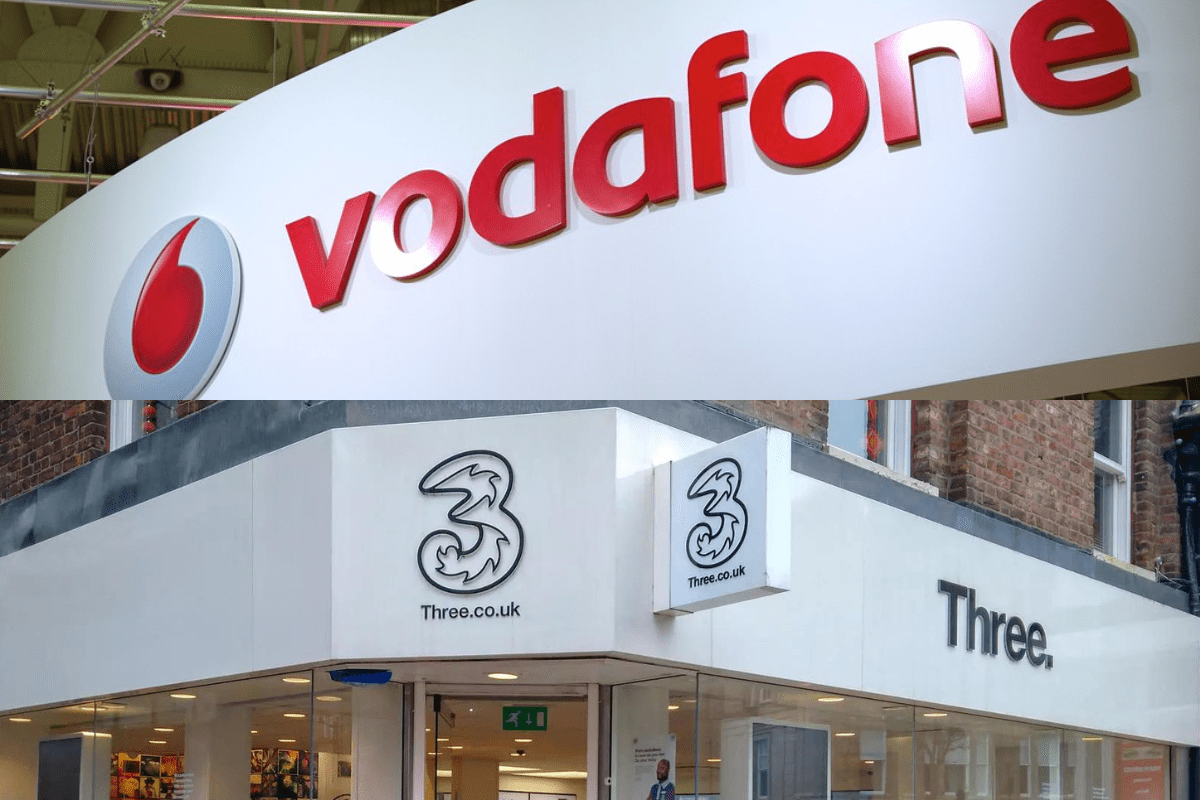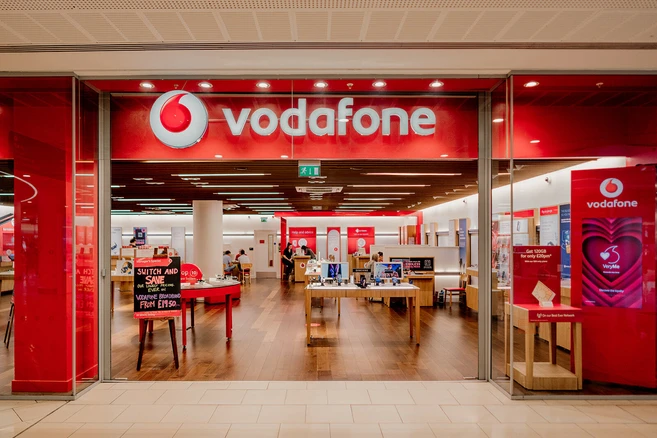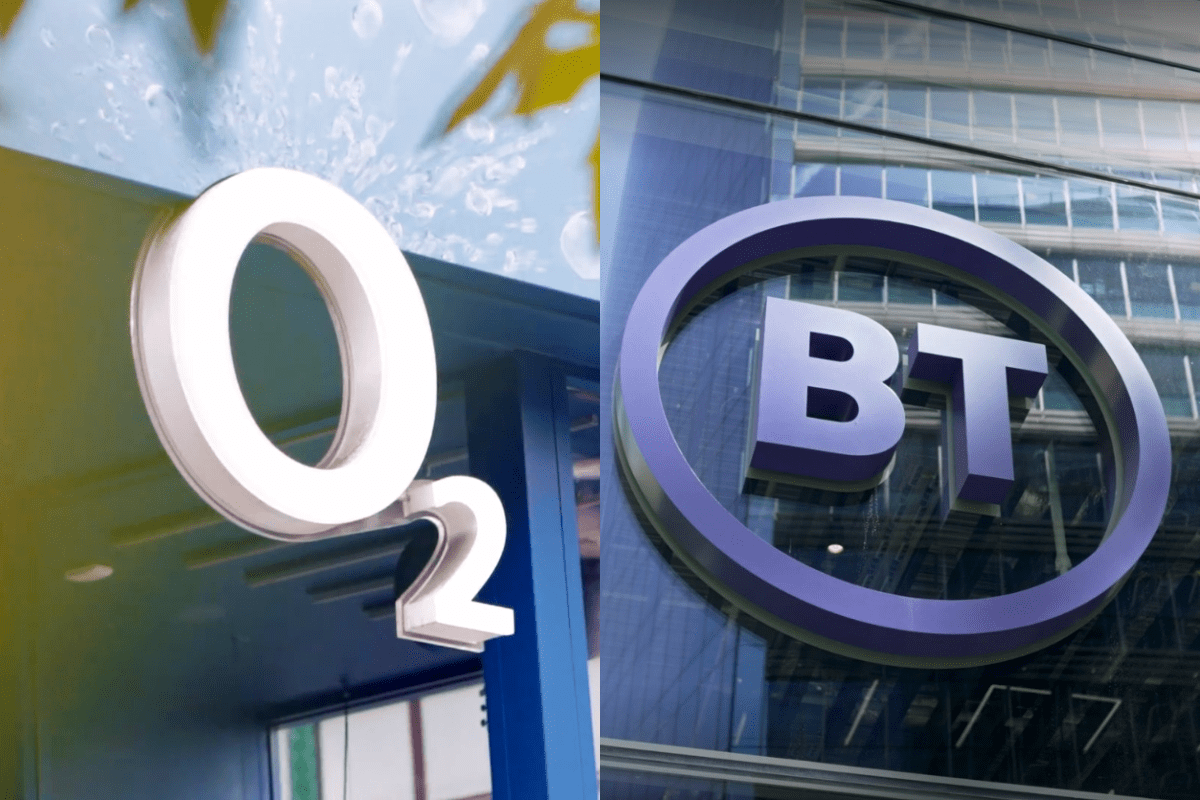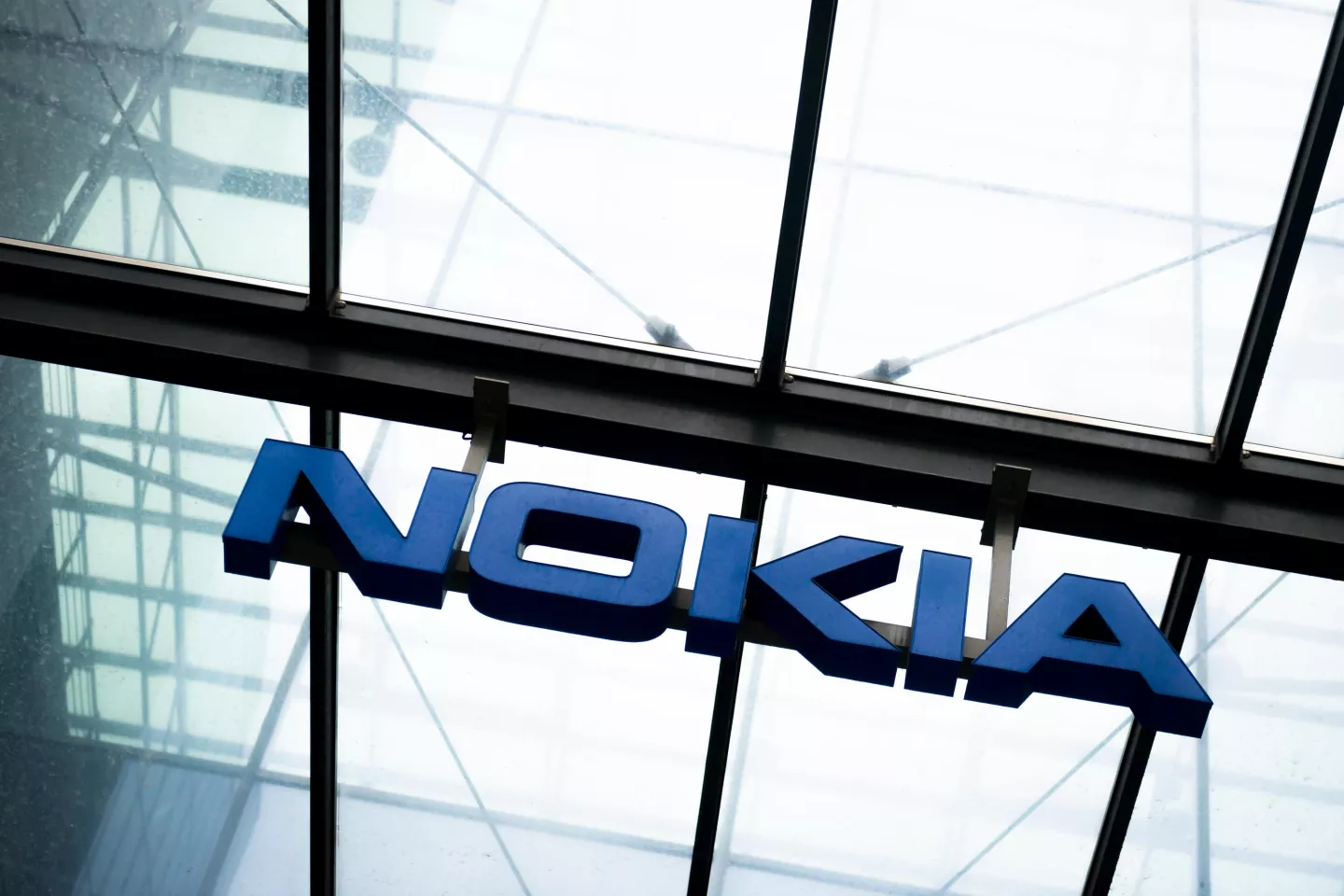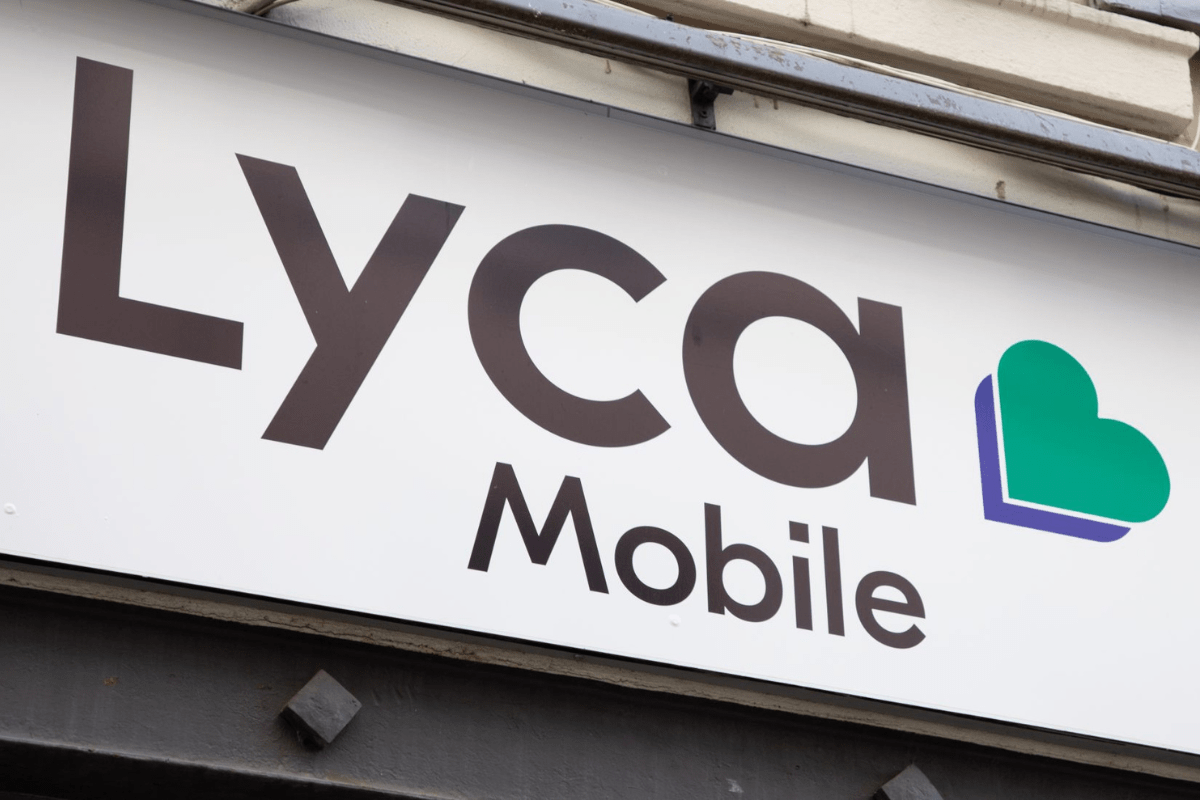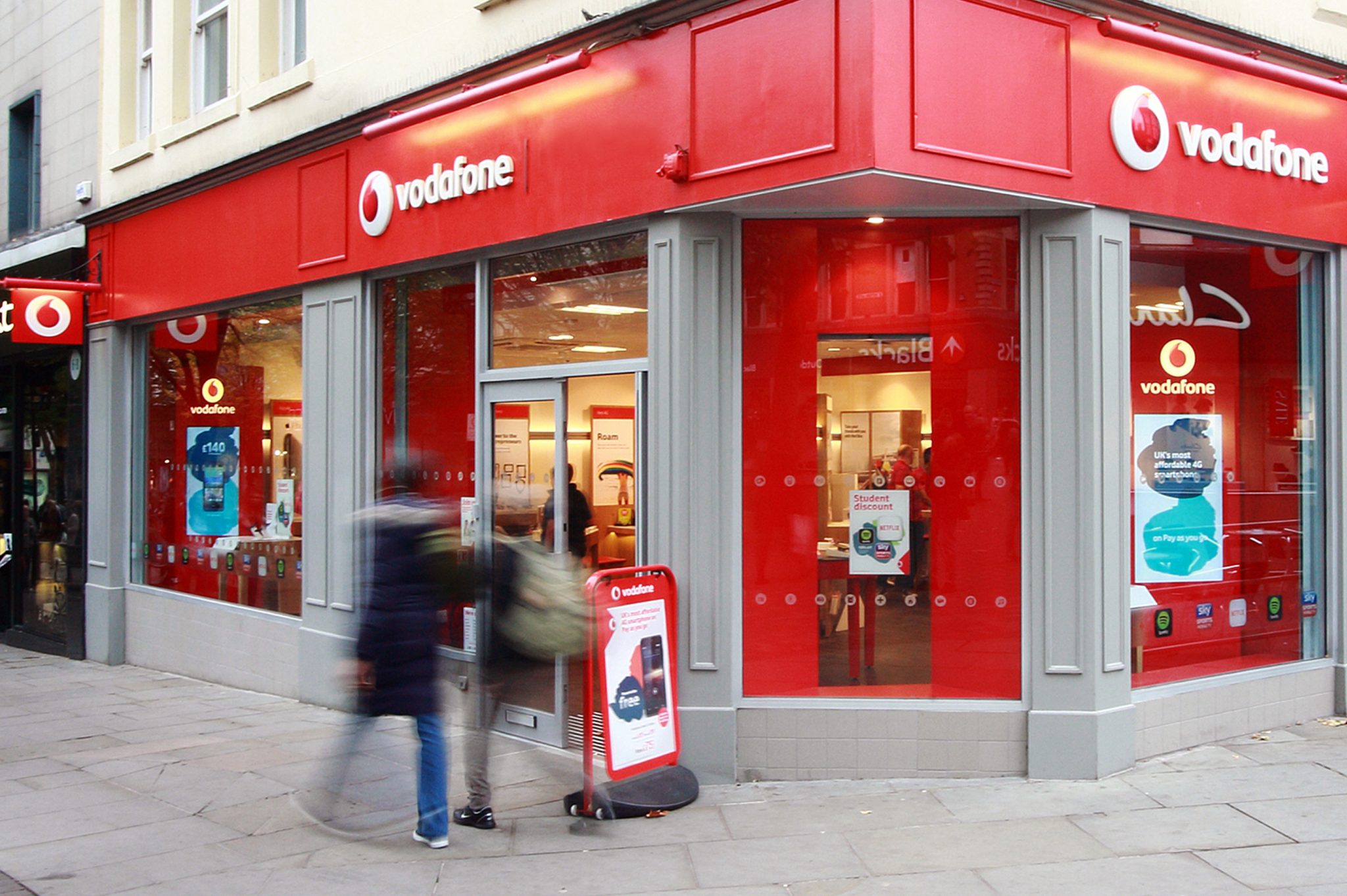Black Friday in the UK: Slowing Growth and Broken Websites
- Monday, November 30th, 2015
- Share this article:
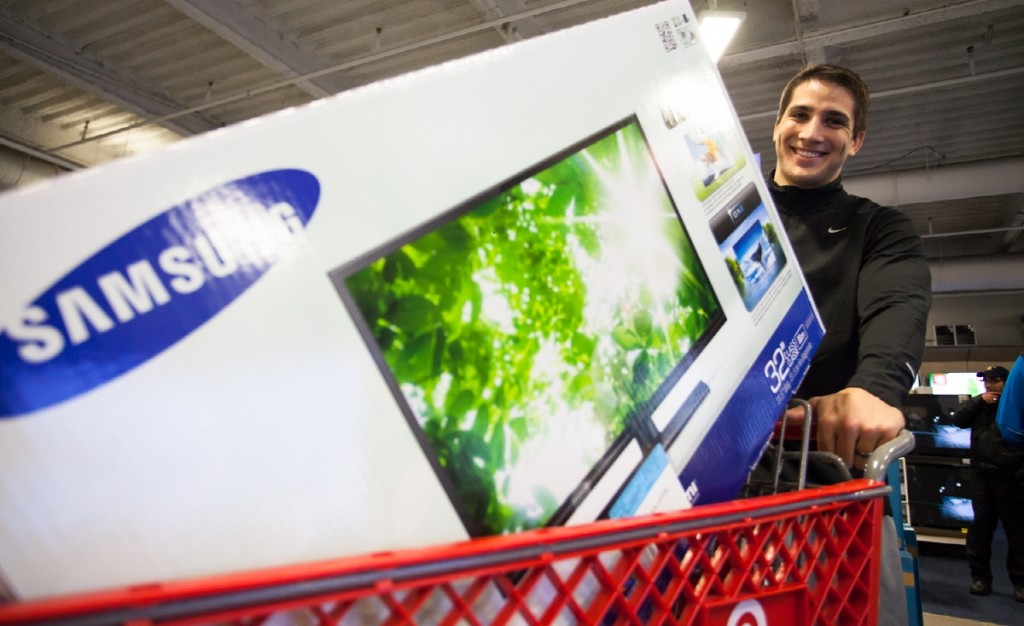
The past few years have seen a sea change in UK retailing, as more and more UK-based stores and brands adopt Black Friday, the American tradition of offering massive savings on the day following Thanksgiving which signals the beginning of the Christmas shopping period. While this year sees more brands than ever offering Black Friday savings, is the UK already cooling on this new winter tradition?
2014 was the year that Black Friday truly broke out in the UK, with eCommerce sales up 74 per cent year-on-year on the day. However, this year, sales only increased six per cent on the previous year, a drastic slump of growth. Average order value growth was also slow, up 7.6 per cent on last year to £98.
“The data from our performance-based digital marketing network highlights how Black Friday fell short on the expectations of brands,” said Dan Cohen, regional director at performance marketing experts Tradedoubler. “Digital marketing strategies are still not harnessing and utilising critical insight from user journey data to inform digital marketing strategies. The key for digital marketers is to reach customers where they are – this means understanding how customers behave online, the devices they are using and their route to purchase.”
Not predicting the preferences of consumers saw many brands suffer problems beyond lower than expected growth, between 20 and 25 per cent of eCommerce sites suffered outages and downtime during Black Friday, with retailers including Boots, Argos, Game and John Lewis affected.
Many of the same retailers suffered similar problems last year, but have managed to once again underestimate demand and failed to adequately prepare their websites for the wealth of desktop and mobile traffic that Black Friday can bring.
“Black Friday has yet once again proven to be a poison chalice for some retailers, most notably Argos,” said Terry Hunter, vice president of eCommerce and client strategy at Astound Commerce. “The worst thing about it is they clearly didnt learn the lessons from last year when their site buckled under the high demand.”
“Its not just desktop, mobile traffic has grown significantly this year,” agreed Darryl Adie, managing director at Ampersand. “With the launch of new and larger devices, consumers are able to shop on their smartphones more comfortably. Brands fully optimised for mobile, such as House of Fraser, Topshop, BHS and Go Outdoors are likely to have had strong conversion rates.”
Mobile also had a strong showing in in-store usage, according to figures from wi-fi platform provider Devicescape. Electronics retailer Game saw a 71 per cent week-on-week increase in wi-fi connections made in-store, suggesting both a climb in footfall and a large number of consumers making use of free wi-fi to browse and compare prices as they shopped.
BHS and Topshop also saw week-on-week increases over 55 per cent on Black Friday, while Asda, which decided not to participate in Black Friday this year, saw reduced activity over the weekend.
Overall, 36 per cent of traffic to eCommerce sites came from mobile devices, according to figures from eCommerce consultancy Salmon, with the busiest shopping times between 8am and midday as shoppers started early to take advantage of sales. But despite a strong showing for mobile, its clear that retailers shouldnt be putting all their eggs in the Black Friday basket if they want to make an impact this Christmas.





